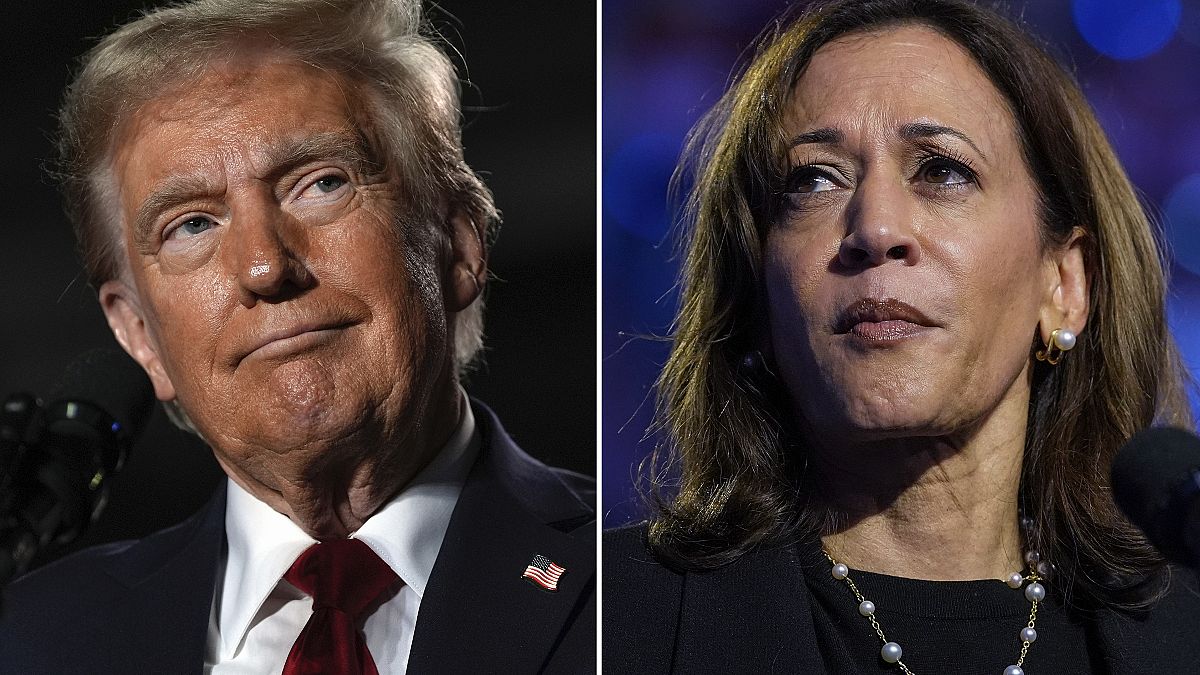The United States Electoral College comprises 538 votes, distributed among the fifty states and the District of Columbia. In the event of a tie between two presidential candidates, a constitutional amendment known as the 12th Amendment comes into play to determine the winner. This scenario has occurred twice in US history, in 1800 and 1824. In 1800, Thomas Jefferson and Aaron Burr received an equal number of votes, leading to the House of Representatives deciding the outcome. This situation prompted the introduction of the 12th Amendment to avoid such ties.
In the 1824 election, no candidate received a majority of the electoral votes. This resulted in the House of Representatives choosing the president from the top three candidates, with each state having one vote. Despite the low likelihood of a tie in modern elections, various scenarios exist where both Kamala Harris and Donald Trump could end up with 269 electoral votes. This would trigger a contingent election in the House of Representatives, which has not happened for two centuries. The choice of the new president would depend on the composition of the House and its majority decision.
The House of Representatives is required to reach a simple majority of 26 states to elect the new president in the case of a tie. This could lead to immense pressure on newly sworn-in congress members, as they may have to choose between their party candidate or the one who received the most popular votes in their state. In the event of no majority for the vice president either, the Senate would choose between the two candidates with the highest number of electoral votes.
This unique scenario could lead to cohabitation between a Republican president and a Democratic vice president, or vice versa, which is a rare occurrence in US political history. According to the 12th Amendment, in case the president is not selected by Inauguration Day, the newly chosen vice president would serve as acting president. All of these scenarios point out the intricacies and possibilities that could arise in the event of a tie in a modern US presidential election.
While the chances of a tie are low, the possibility remains and has been outlined in various scenarios. The outcome could hinge on key battleground states and the allocation of electoral votes among them. Different combinations of states won by each candidate could result in a 269-269 tie, requiring the House of Representatives to step in and choose the president. This would bring about a rare and unprecedented situation in the US political landscape, testing the strength of the constitutional mechanisms put in place to determine the President of the United States.
In conclusion, the historical context of ties in US presidential elections highlights the significance of the 12th Amendment and the role of the House of Representatives in determining the outcome. The scenarios surrounding a possible tie in the upcoming election underscore the intricacies and possibilities that exist within the Electoral College system. As the country remains sharply divided, the prospect of a tie and a contingent election serves as a reminder of the complex and challenging nature of American politics, where every vote and electoral decision counts towards determining the future leadership of the nation.











